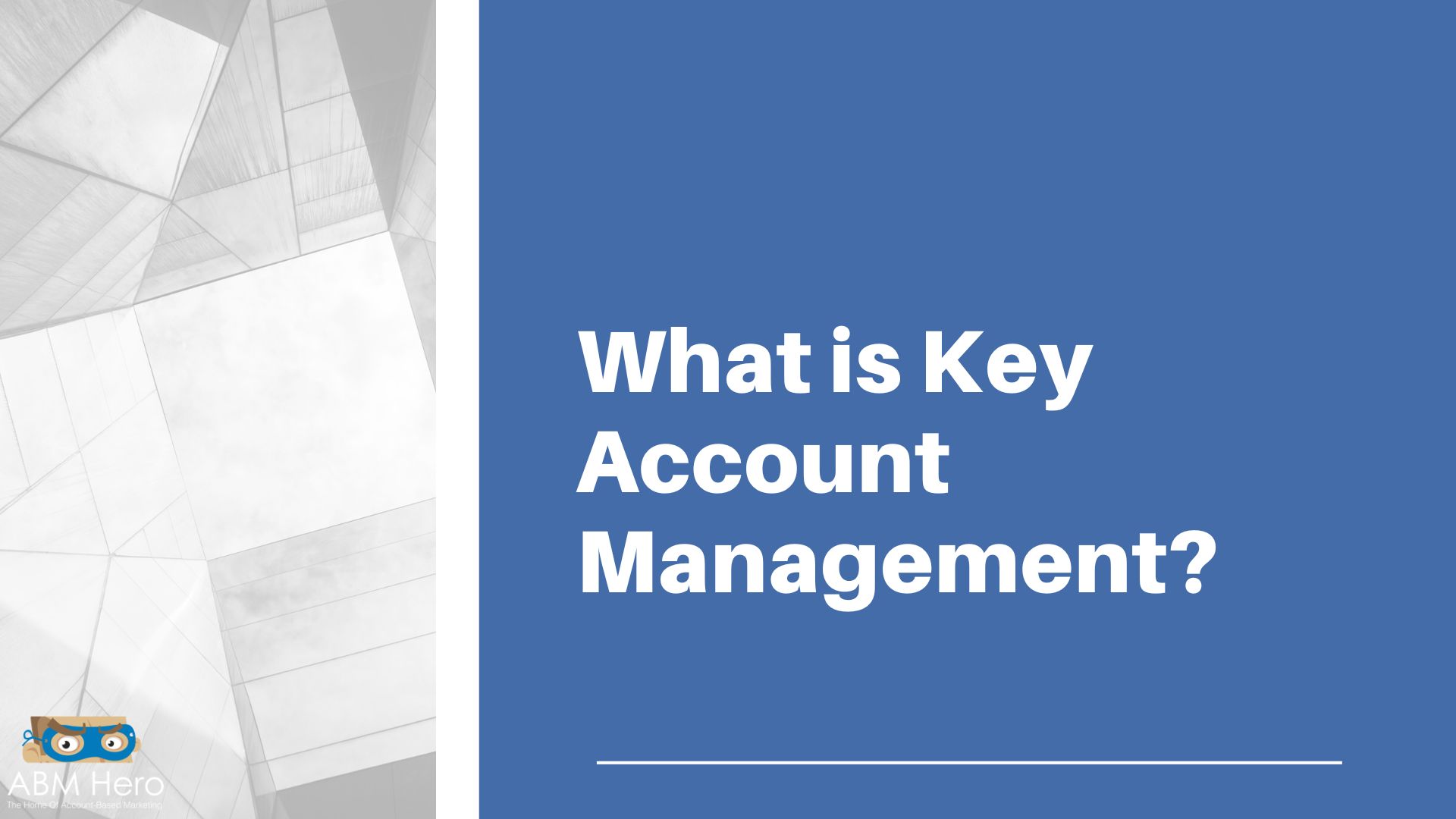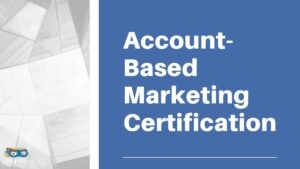Key account management (KAM) is slowly gaining the attention it deserves as more and more companies find a life-changing addition to their business strategies.
KAM is important for B2B marketers because it helps them to build and maintain relationships with their most important customers.
It can be a complex and time-consuming process, but it is often essential for businesses that rely on a small number of large customers.
As such, we put together this article for you to discover KAM in a deeper sense and appreciate its influence in crafting better business solutions.
What is Key Account Management?
Key account management (KAM) is a strategic process that helps organizations to identify, manage, and grow key customer relationships.
A proactive and holistic approach to key account management organizations can drive growth, improve customer satisfaction, and create a competitive advantage.
The key account management process typically involves three key steps: Identifying key accounts: Organizations should identify those customers that are most important to the business and that offer the greatest growth potential.
Developing a relationship strategy: Once key accounts have been identified, organizations should develop a detailed plan for managing and growing the relationship.
Managing the account: The account manager is responsible for executing the relationship strategy and ensuring that key account objectives are met.
Key Account Management Practices
Various key account management practices can be used to improve relationships with key accounts and increase sales.
These practices include developing a deep understanding of the customer, customizing offerings to meet the customer’s needs, creating a dedicated account team, and developing long-term relationships.
Developing a deep understanding of the customer is essential to provide them with the best possible experience. It is through customer surveys, interviews, focus groups, and other research methods.
It is important to understand the customer’s needs and wants to be able to provide them with products and services that they will value.
Customizing offerings to meet the customer’s needs is another necessary key account management practice.
Benefits of KAM
Managing key accounts give your company a handful of benefits. Here are some:
Improve Customer Relationships
There are many ways in which Key Account Management (KAM) can improve customer relationships. Perhaps the most obvious way is by simply providing a more personalized and tailored service to customers.
Taking the time to get to know their individual needs and preferences, KAM can build far stronger relationships with customers than would be possible if they were simply providing a generic service.
In addition, KAM can also use its knowledge of customer relationships to help resolve any issues that may arise.
By acting as a mediator between the customer and the company, KAM can help to resolve disputes quickly and efficiently, ensuring that the customer remains happy with the service they are receiving.
Increase Customer Loyalty and Retention
There are many ways that a closer relationship with your key customers can increase customer retention. One way is by providing them with better customer service.
If they feel valued and that their business is important to you, they are more likely to continue doing business with you. An article says that a 5% increase in retention leads to 25%-95% higher profits.
Another way is by offering them discounts or loyalty programs that reward them for their continued business. It shows them that you appreciate their business and want to keep them as a customer.
Finally, keeping in close communication with your key customers lets them know that you are always available to help them with their needs.
It can go a long way in increasing customer retention.
Generate New Business Opportunities
Maintaining strong relationships with key customers creates a solid foundation for future growth. It not only provides you with a base of loyal, satisfied customers but also gives you a platform from which to launch new products and services.
Moreover, by closely monitoring your key accounts, you can identify potential new business opportunities early on. It allows you to get in on the ground floor of trends and developments, giving you a leg up on the competition.
Likewise, by proactively managing your key accounts, you can create an environment conducive to generating new business opportunities.
Improve Efficiency and Productivity
Businesses can ensure that there is always someone available to answer questions and resolve issues when they have a dedicated account manager. It can save plenty of time and frustration for both the customer and the business.
In addition, these managers can help to streamline the process of ordering and reordering products and services. It can save the business time and money and make the customer’s experience more efficient and convenient.
Also, they can help to build strong relationships with key customers. Ensuring repeat business and referrals can ultimately improve the bottom line.
Drive Innovation and Growth
There are many ways in which managing key accounts can drive innovation and growth. One way is by providing the account managers with the resources and support they need to be successful.
It includes things like adequate staffing, training, and budget. By ensuring that account managers have what they need to be successful, you create an environment conducive to innovation and growth.
Another way in which managing key accounts can drive innovation and growth is by setting clear goals and objectives. It gives account managers a sense of direction and allows them to focus their efforts on the most fundamental tasks.
It also helps to identify areas where innovation is needed to achieve the desired results. Lastly, managing key accounts efficiently requires constant communication.
Key Account Management vs. Account-based Management
ABM and KAM are two sides of the same coin, but they’re not the same.
Let’s take a look at how they’re different and how the two activities can complement each other:
The relationship between key account management and account-based management is one of strategy and execution.
Upstream vs. Downstream
An upstream activity, ABM focuses on marketing to new clients who have never heard of your brand.
Before acquiring new B2B customers, it is necessary to determine who those potential customers are by creating detailed profiles.
ABM focuses on obtaining a limited number of high-value clients by providing a high level of individualized attention to each of them.
In B2B enterprises, KAM is deeper down the supply chain. After a customer has signed up and placed an order, KAM begins.
In other words, the emphasis is on demonstrating to the customer the long-term value your organization can bring rather than generating an immediate sale.
For a stronger B2B partnership, KAM and ABM concentrate on a small number of high-value customer accounts.
Scope
While both ABM and KAM intend to increase their customer base, they are doing it in distinct areas of the market. ABM focuses on acquiring new and large customers, while KAM focuses on converting current customers into new, larger customers.
To generate a sale, ABM brings in new, high-value customers, whereas KAM aims to grow the account over time.
KAM and ABM Complement Each Other
ABM and KAM are not at all competing strategies. If you can connect the two areas, you’ll find that they’re a great combination of each-other.
It is in the best interest of the KAM department to begin a collaboration by focusing on clients with highly tailored marketing.
As a result, ABM can better target new clients by providing KAM with consistent information about their desired customer profile.
As you see, key account management can be highly beneficial to your business. By taking a proactive and strategic approach to managing your relationships with your key accounts, you can increase customer satisfaction, loyalty, and retention, while at the same time growing your sales and profits.





